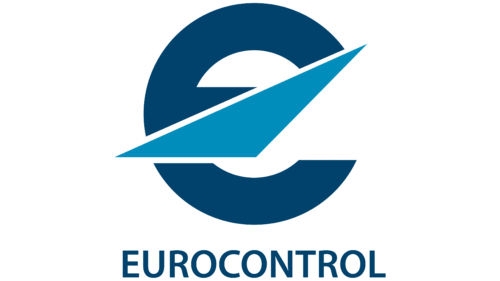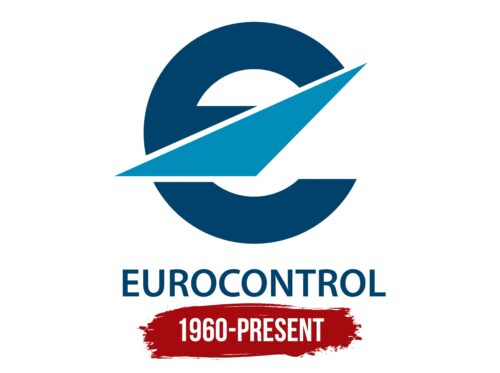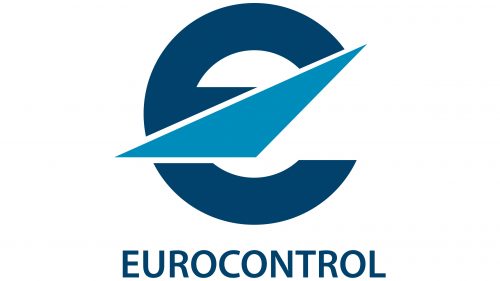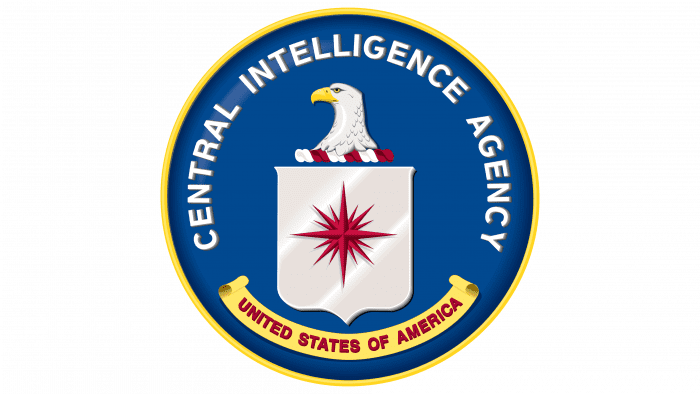The Eurocontrol emblem reflects the organization’s core mission to promote air safety and regulatory excellence. The emblem is an authoritative mark in the aviation industry, inspiring trust among operators, regulators, and travelers. By design, the emblem reflects the values of reliability, accuracy, and interoperability – key aspects of the complex ecosystem of European air navigation.
Eurocontrol: Brand overview
In 1960, Eurocontrol, an international organization, was established to ensure the safe and efficient management of air traffic in Europe. Headquartered in Brussels, Belgium, Eurocontrol has expanded its scope to cover 41 member countries and many local units. Its unwavering mission is to ensure safe and smooth flights for all air passengers flying over Europe.
The dramatic growth in air traffic in the 1950s led to the need for a unified and organized air traffic control system. In response, the Eurocontrol organization emerged to meet the growing demand and create a harmonious air traffic control system.
In 1959, France, Germany, and the United Kingdom joined together in the “1959 Civil Aviation Conference”, initiating the creation of a centralized organization responsible for the control and regulation of air traffic in Europe.
In 1960, Eurocontrol, comprising ten nations, officially entered a new chapter of international air transportation. The main goal of the organization was to establish a regional air traffic control system to ensure the smooth and safe movement of aircraft across national borders.
Meaning and History
What is Eurocontrol?
Eurocontrol, officially known as the European Organization for the Safety of Air Navigation, is a beacon of safety and smooth air traffic control throughout Europe. Since its creation in 1960, the organization has been at the forefront of efforts to create a unified air traffic control system in Europe. Its role has grown over the decades, and by 2023, it will have a broad influence on air navigation safety standards and procedures across the continent.
1960 – today
Eurocontrol’s logo vividly characterizes the company’s role in aviation safety. The emblem conveys this through hard lines, restrained tones, and strict shapes. The key element of the logo is the lowercase letter “e.” It is large, smooth, flat, and typed in sans-serif font. Above the glyph is a sharp triangle, the blunt end of which is directed downward, which gives it the appearance of an arrow. The triangle has a diagonal orientation and thus almost completely replaces the horizontal bar of the letter. Below is the name of the organization, typed in bold capital letters.
The superimposed triangle serves as a directional indicator, alluding to the oversight and guidance Eurocontrol provides in the field of air traffic management. Its sharpness and downward pointing signify accuracy and reasonableness – essential qualities for aviation safety. The bold, uppercase font of the organization’s name emphasizes its authoritative role. The muted tones and strict lines of the logo further emphasize the seriousness and responsibility of ensuring the safety and efficiency of air navigation.





